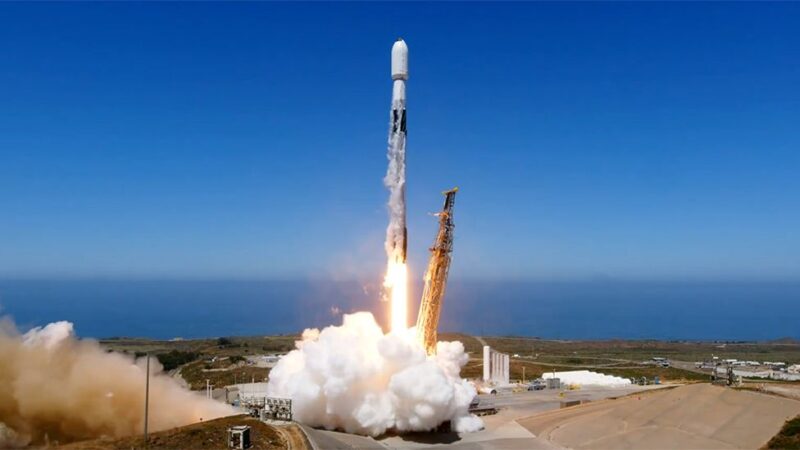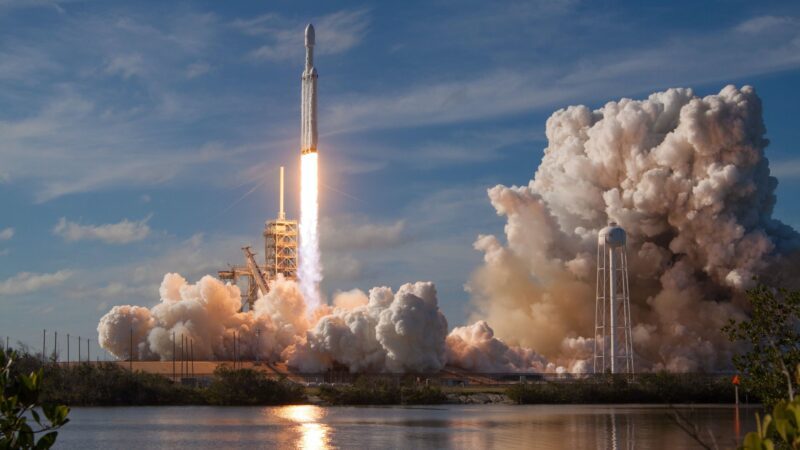China Launches First Astronauts to New Space Station

China has launched three astronauts into orbit to begin occupation of the country’s new space station. The three men – Nie Haisheng, Liu Boming and Tang Hongbo – are to spend three months aboard the Tianhe module some 380km (236 miles) above the Earth.
The move marks a major step as the world’s second-largest economy looks to boost its space capabilities and challenge the U.S.
The three astronauts were taken up on a Shenzhou-12 spacecraft which was launched atop a Long March 2F rocket at around 9:22 a.m. China time. It took off from the Jiuquan Satellite Launch Center, in the northwest of the country.
“We are honored to take the lead in a series of manned missions for the space station construction, and we have many expectations,” Shenzhou 12 commander Nie Haisheng said during a press conference at Jiuquan on Tuesday, June 15 (June 16 Beijing time), according to China’s state-run Xinhua news agency.
“We will not only make the core module a ‘space home’ but also carry out a series of key technology verifications,” Nie said. “There will be more arduous tasks and more challenges.”
After the Tianhe was launched in April, the rocket that carried it into space made an uncontrolled reentry to Earth, though China dismissed criticism of the potential safety hazard. Usually, discarded rocket stages reenter the atmosphere soon after liftoff, normally over water, and don’t go into orbit.
The rocket used on Thursday is of a different type and the components that will reenter are expected to burn up long before they could be a danger, said Ji Qiming, assistant director of the China Manned Space Agency.






